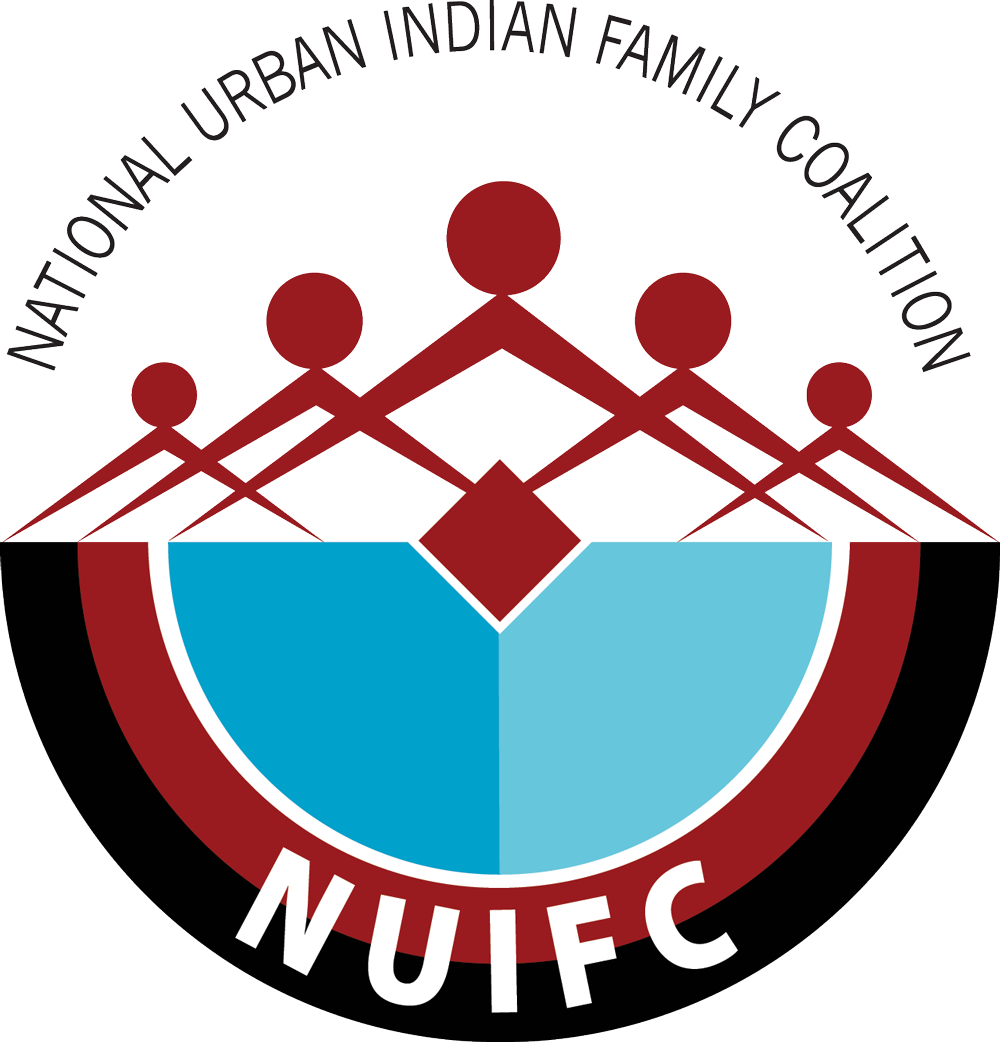San Antonio Express-News // Data, survey aims to make San Antonio’s urban Indians less invisible
FILE PHOTO: Izel Lopez, right, and her daughter Katia Lopez, center, get ready to perform as part of the American Indians in Texas Dance Theater during the 6th Annual Four Seasons Indian Market at Mission Espada on Saturday, July 18, 2015. The recent designation of the Missions of San Antonio as UNESCO World Heritage Sites is raising awareness of the indigenous peoples who were involved in the building of the missions and their subsequent histories.
Photo: Matthew Busch, For San Antonio Express-News / For San Antonio Express-News
Since February, three Native American women here have been at work on a project to make an under-noticed group of San Antonians more visible and better served.
Their report, released Friday on the last day of Indigenous Peoples’ Week, contends that American Indians are still largely invisible in San Antonio and that institutions from government to health care agencies need to be aware of them, to better address their needs.
The women — Karla Aguilar, Juanita Iyotte and Madelein Santibañez — took turns presenting the findings of “Making the Invisible Visible: Connecting Urban Indians in San Antonio.” It was sponsored by the American Indians in Texas at the Spanish Colonial Missions, a nonprofit group established by the Tap Pilam Coahuiltecan Nation, whose members are descended from Indians who built the city’s 18th century missions.
The project was two-pronged, merging data collection and survey results. Data was drawn from Census Bureau reports and the Texas Education Agency, among others. Responses to a one-page questionnaire were collected from Native Americans at various cultural events, including pow wows at Mission County Park and Woodlawn Lake. The survey was also available online.
The data collection part of the project dovetailed with needs identified in survey responses gathered from April to August of this year. The 2018 Urban Indian Survey, which questioned more than 100 people, found Native Americans here feel disconnected to their tribal identities and from the healthy lifestyles such connections engender.
When asked what issues most affected their families, they said drug and alcohol addiction (70 percent), violence (61 percent) and lack of positive role models (48 percent). They said they needed culturally inclusive medical and mental health care (70 percent); spiritual connections to such care (61 percent) and culturally relevant education (48 percent).
The data wasn’t new. It showed Native Americans are disproportionately affected by poverty, homelessness, addiction and violence.
The Census’ American Community Survey from 2012 to 2016, for example, found 29 percent of Native Americans in San Antonio live below the poverty line, higher than any other group and higher than the city’s overall rate of 17.2 percent.
Urban Indians here make up only 1.5 percent of the population yet constitute 8 percent of the homeless.
Native Americans are everywhere in San Antonio — hiding in plain sight.
TEA data, for example, show Native American students attend schools in the Alamo Heights, Judson, North East, Northside, San Antonio and Southwest independent school districts. The largest numbers are in NEISD.
Their educational attainment levels are bleak: 73.8 percent graduate from high school and 15.7 percent earn a bachelor’s degree. Their unemployment rate is the second-highest in the county, at 9 percent, surpassing African Americans slightly.
A big part of the American Indians in Texas exercise was to underscore the group’s existence and grow that awareness. It was to show how their numbers have grown with each census and will continue to grow, and that they want a place to call their own beyond AIT’s small office on the city’s West Side.
Ultimately, what the population needs is a Native American Wellness Center — the closest is in Dallas, AIT said.
When asked what activities could “promote wellness,” the survey results pointed to healing ceremonies and prayer, sweat lodges, traditional foods and cooking demonstrations. Responses also listed programs of elders and youth; drumming, reading and storytelling circles; and arts and crafts such as beading, basket weaving, pottery and sewing, even a recording studio.
AIT will use the research to develop policy recommendations for city and county government to get closer to that center. It hopes to mount a capital campaign, too.
In the meantime, AIT keeps working on ongoing projects and new ones, such as the Warrior Roots Training Camp from Friday to Sunday, Oct 19-21, at the Por Vida Academy, 1135 Mission Road. It will teach community organizing and leadership skills.
It will be followed Oct. 22 by a get-out-the-vote event at the Guadalupe Theater headlined by Bombasta and the Barrio Big Band. Also performing will be the 1491s, a sketch comedy group whose members hail from a variety of tribes and say they were at Custer’s last stand and “mooned Chris Columbus when he landed.”
Elaine Ayala covers religion and minority affairs in the San Antonio and Bexar County area. Read her on our free site, mySA.com, and on our subscriber site, ExpressNews.com. | eayala@express-news.net | Twitter: @ElaineAyala

